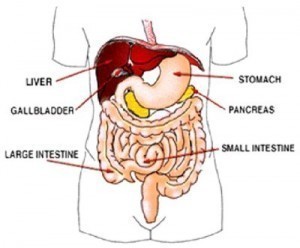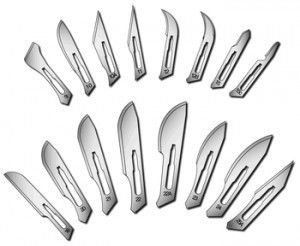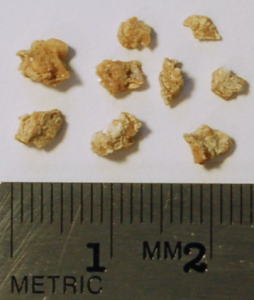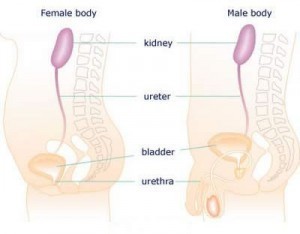Liver Size
One of the vital organs in humans, the liver has numerous  functions such as protein synthesis, detoxification as well as biochemical production. Aside from these, this body part is also important to decompose red blood cells, store glycogen and produce hormones. This organ can be found below the diaphragm and in the right part of the abdominal cavity. Before we proceed with other relevant information about this body part, let us look at the size and weight of the liver.
functions such as protein synthesis, detoxification as well as biochemical production. Aside from these, this body part is also important to decompose red blood cells, store glycogen and produce hormones. This organ can be found below the diaphragm and in the right part of the abdominal cavity. Before we proceed with other relevant information about this body part, let us look at the size and weight of the liver.
The Size of the Liver
What is the size of the liver? The average width of this body part is around 21 centimeters to 22.5 centimeters. The vertical height of the organ is estimated to be 15 centimeters to 17.5 centimeters. From the front to back, the organ measures 10 centimeters to 12.5 centimeters. The average weight of this body part is between 1.4 kilograms to 1.6 kilograms. Learning the average and normal liver size is important to the detection of fatty infiltration.
Additional Facts and Other Interesting Details
The surface anatomy of the liver has different parts, namely the peritoneal ligaments, lobes and functional anatomy. The peritoneal ligaments are important because these connect the stomach to the diaphragm. The lobes are divided into four, which are the right and the left anatomical lobes, the caudate lobe and the quadrate lobe. The functional anatomy is consisted of the hepatic artery proper, common bile duct and the hepatic portal vein.
The hepatocytes or liver cells are important to the functions of the organ. The cells are essential to the synthesis and breakdown of biochemicals. The synthesis of biochemicals includes amino acid synthesis, carbohydrate metabolism, protein metabolism, lipid metabolism, red blood cell production and bile excretion. The processes included in the breakdown of biochemicals are the breakdown of different hormones and insulin, toxic substances and hemoglobin.
The size of the liver can be affected by the development of various diseases like non-alcoholic fatty liver disease, cancer of the liver, Gilbert’s syndrome and the Wilson’s disease. Other diseases that can have an effect on liver size are progressive familial intrahepatic cholestasis, biliary atresia and alagille syndrome.
One of the distinct characteristics of this body organ is its ability to regenerate lost tissues. If for instance, an accident caused the disruption of liver tissues and only 25 per cent of the organ remained, then the organ could regenerate the lost tissues and become complete after about eight years. The regeneration of lost tissues is caused by the presence of hepatocytes in the liver.





